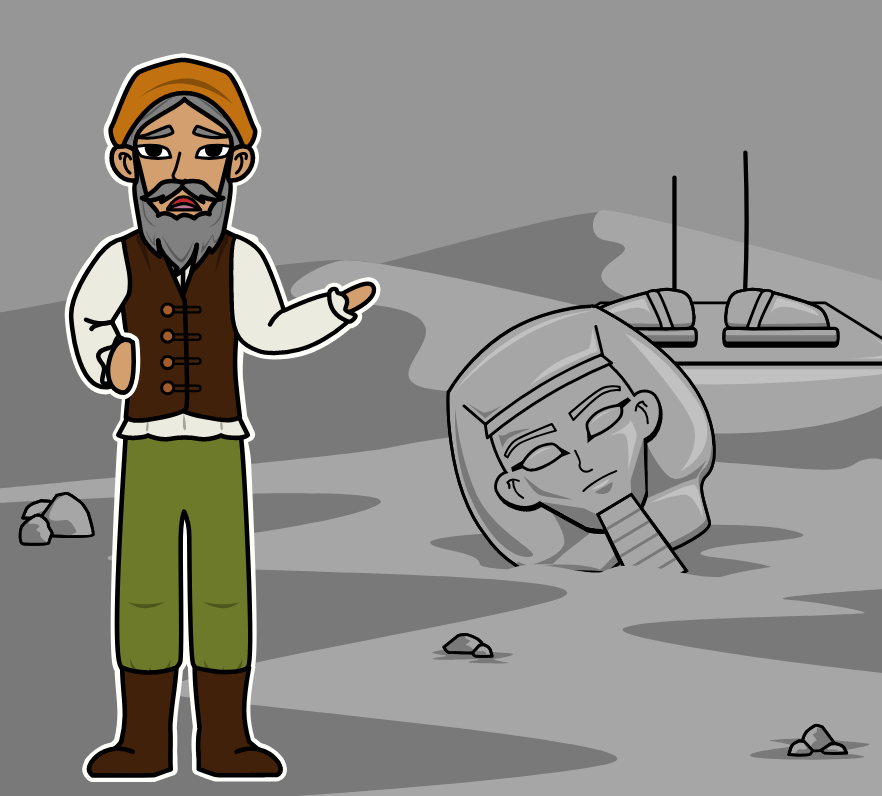

The declaration ‘Look on my works, ye Mighty, and despair!’ is supposed to be triumphant, and originally was: when the statue was first built, people gazing at it were meant to look at the empire built by Rameses and be cowed into submission by its vastness and power. You can write the same reference and the context for stanza 1 and stanza 2. This poem is a profound reflection on the transience of human strength and the certainty of death and forgetfulness.

It was first published under the pen name Gilrastes in 1818 in The Examiner of London. Who was Ozymandias? Ozymandias was the Greek name for Rameses II, an Egyptian ruler whose empire crumbled to dust long ago. Ozymandias Poem Explanation As you all know, the reference and the context may be the same for all the stanzas of the poem, so I have given it for one time only. Percy Bysshe Shelley, one of the greatest British poets of the nineteenth century, wrote the epic poem Ozymandias.

Published in The Examiner on 11 January 1818, ‘Ozymandias’ is perhaps Percy Bysshe Shelley’s most celebrated and best-known poem. 'Ozymandias' is a famous sonnet by Percy Bysshe Shelley, published in 1818. Ozymandias is the name of an Egyptian King during 13th century B.C., also known as Ramses 2. sister projects: Wikipedia article, quotes, Wikidata item. It was written in 1817 and was published on 11th January, 1818. They are inscribed rather than spoken, but in a sense, the words ‘My name is Ozymandias, king of kings: / Look on my works, ye Mighty, and despair!’ give us a third speaker within this short poem. ‘Look on my works, ye Mighty, and despair’ These words are recognisable to many people who are unaware of the poem in which they originate. Ozymandias is a famous sonnet of renowned poet of Romantic era Percy Bysshe Shelley. Given its status as a great poem, a few words by way of analysis might help to elucidate some of its features and effects, as well. Published in The Examiner on 11 January 1818, ‘Ozymandias’ is perhaps Percy Bysshe Shelley ’s most celebrated and best-known poem. The inscription ‘Look on my works, ye Mighty, and despair!’ is ironic, for reasons which are worth analysing. An analysis of one of Percy Shelley’s most famous poems by Dr Oliver Tearle.


 0 kommentar(er)
0 kommentar(er)
